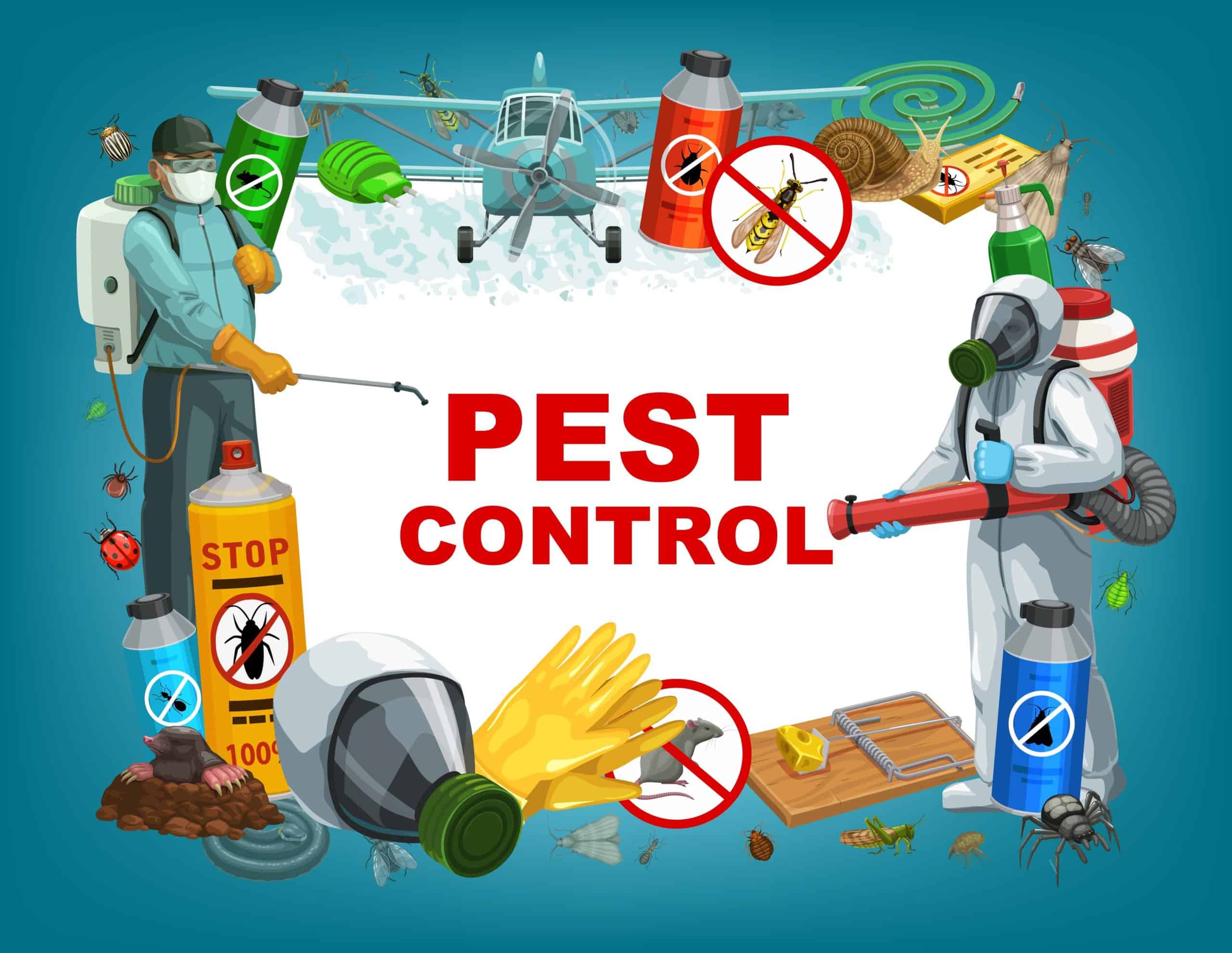Understanding the Art of Insect Control: Proven Techniques for Long-Term Prevention and Obliteration
By understanding the art of parasite control via tried and tested methods for lasting avoidance and elimination, one can develop a positive protection versus possible dangers. Comprehending the habits of pests, implementing incorporated parasite monitoring strategies, and using natural remedies are simply a few key components essential to achieving long lasting success in this endeavor.
Recognizing Insect Behavior
To efficiently carry out insect control strategies, it is necessary to comprehend the complex actions exhibited by different parasites in different settings. Understanding bug actions is a fundamental element of creating effective parasite management strategies. Each bug species has special behaviors and preferences that affect their movement, reproduction, and feeding patterns. By researching these behaviors, bug control specialists can identify the most prone factors in the parasite's life process to target treatments better.
For instance, rodents like mice and rats are nocturnal creatures that prefer dark, secluded spaces close to a food source. portland exterminators a1 for bed bugs. Understanding this, bug control professionals can concentrate on securing entrance factors and getting rid of food attractants to prevent these bugs. On the other hand, insects such as roaches flourish in warm, moist areas with access to water. By resolving dampness problems and sealing crevices and splits, invasions can be substantially decreased.
Applying Integrated Bug Management
Applying Integrated Insect Management includes making use of an all natural technique to deal with parasite concerns by combining different control methods and techniques. This approach emphasizes prevention, surveillance, and control of pests through a mix of organic, cultural, physical, and chemical interventions. By incorporating numerous techniques, Integrated Bug Monitoring (IPM) aims to reduce using chemicals while efficiently taking care of pest populaces.
One key aspect of IPM is determining the details pest problem and understanding its habits and life cycle. This understanding aids in identifying one of the most ideal control procedures to implement. Avoidance is additionally a fundamental principle of IPM, concentrating on getting rid of factors that draw in pests, such as water, shelter, and food. Routine surveillance and inspection are important to identify parasite problems early and stop them from rising.
Additionally, IPM promotes the use of eco pleasant and sustainable insect control methods to lessen harm to non-target microorganisms and the bordering environment - a1 pest control in portland oregon bed bugs. By adopting an Integrated Parasite Administration approach, people and services can efficiently manage pests while lowering dependence on chemical pesticides
Utilizing All-natural Remedies
Structure upon the structure of Integrated Parasite Management, a shift in the direction of using natural see post treatments offers a green method to pest control. All-natural treatments harness the power of nature to prevent and remove insects without using severe chemicals that can damage the environment, people, and useful microorganisms.

Furthermore, planting pest-repelling plants like marigolds, lavender, and mint around homes and yards can aid hinder bugs naturally. These plants release odors that pests locate undesirable, driving them away without the need for chemical treatment.
Preserving Cleanliness and Health

Consistently checking and cleaning hard-to-reach areas such as behind devices, under sinks, and in storage wardrobes is vital for identifying and getting rid of potential pest environments. Clutter must be minimized as bugs frequently look for refuge in stacks of things or debris. Applying a routine cleaning schedule and ensuring all members of the house or employees are enlightened on proper hygiene techniques can go a long means in pest prevention. By maintaining tidiness and hygiene requirements, the setting ends up being much less hospitable to insects, inevitably sustaining long-term parasite control efforts.
Routine Inspections and Monitoring
Normal inspections and keeping track of play a crucial role in proactively identifying and attending best termite control company to prospective insect issues prior to they escalate. By performing regular examinations of both the inside and exterior of a residential or commercial property, parasite control specialists can discover early indicators of invasions, parasite entrance points, and conditions conducive to bug activity.
Regular tracking allows for the very early detection of insect problems, allowing swift treatment to stop prevalent invasions that can be costly and tough to get rid of. Furthermore, regular inspections and monitoring assistance to follow regulative needs and maintain a risk-free, pest-free setting for occupants. Executing an aggressive method with regular evaluations and tracking is a keystone of efficient parasite management, supplying comfort and long-lasting defense against bug hazards.
Conclusion
In verdict, mastering the art of bug control entails understanding parasite habits, check out here carrying out integrated bug management, using all-natural remedies, maintaining cleanliness and hygiene, and carrying out routine evaluations and tracking. By complying with these tested methods for long-lasting prevention and removal, individuals can efficiently manage pest infestations and create a much healthier and more secure environment for themselves and their environments.
To properly apply bug control methods, it is necessary to understand the complex behaviors showed by numerous parasites in various settings (a1 commercial pest control portland). By studying these actions, insect control professionals can recognize the most at risk factors in the bug's life cycle to target interventions much more effectively
Implementing Integrated Pest Monitoring entails utilizing a holistic approach to address parasite problems by combining different control tactics and strategies. By keeping tidiness and health requirements, the atmosphere becomes less friendly to parasites, eventually supporting long-term parasite control initiatives.
By conducting regular evaluations of both the interior and exterior of a property, pest control professionals can detect very early indicators of invasions, parasite entrance factors, and conditions conducive to insect task.